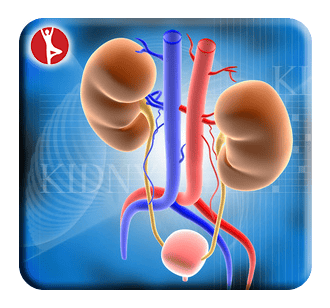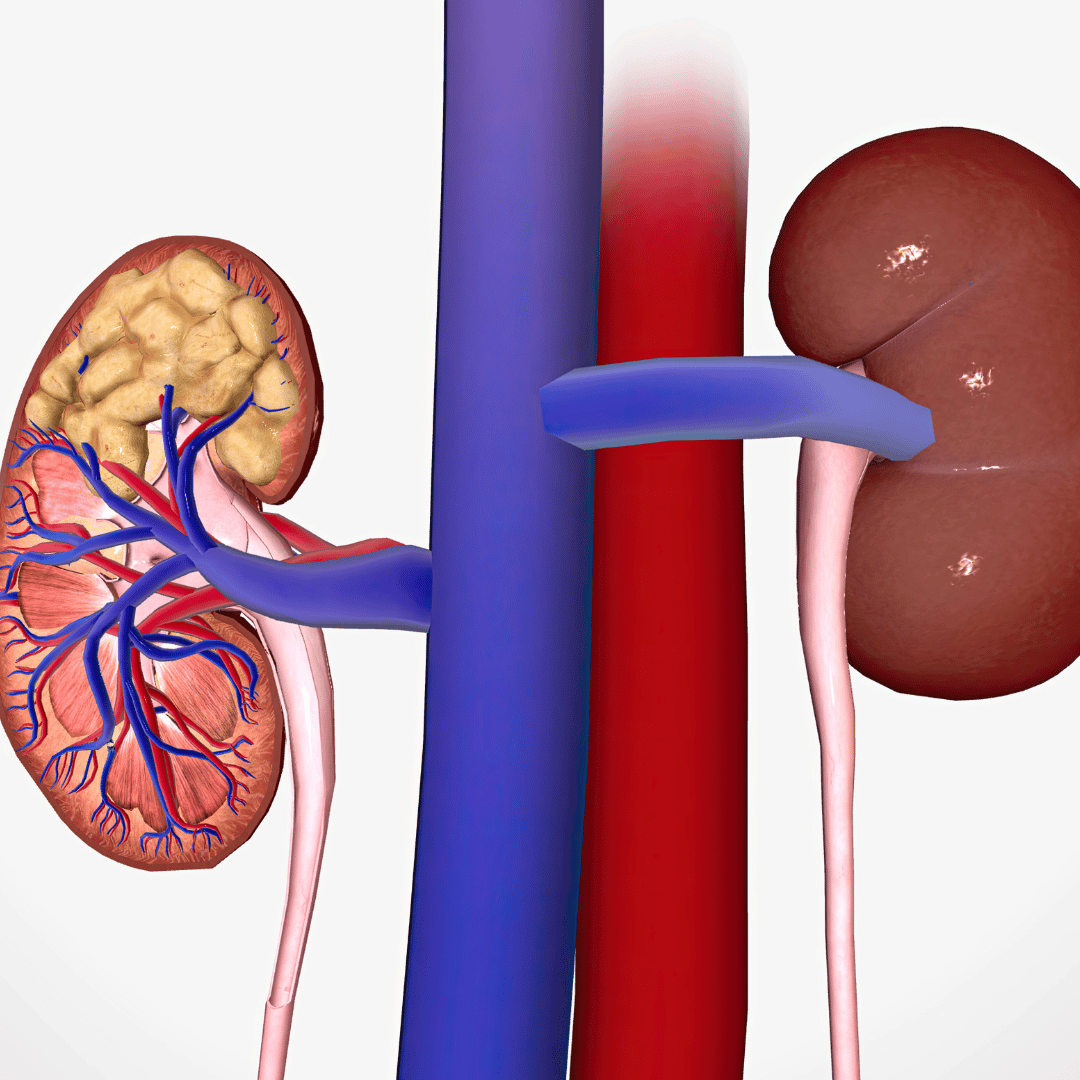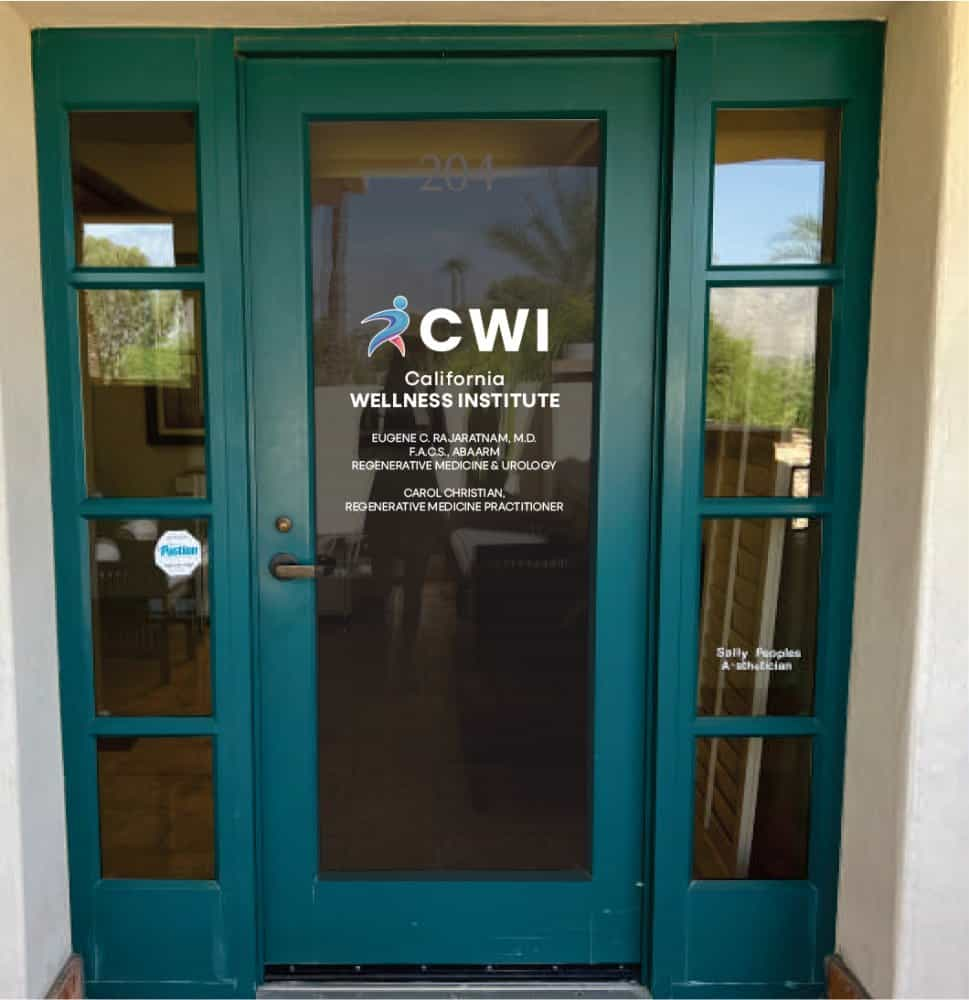A buildup of chemicals or inadequate diet and nutrition can lead to the formation of small, hardened, mineralized bits of sand-like or “stones” in the gallbladder or the kidneys.
The gallbladder is responsible for the production of bile, which helps the digestive system break down foods, while the kidneys are part of the urinary system, responsible for filtering liquid waste out of the body and down through ureters to the gallbladder, where such wastes are excreted during urination.
Gallbladder Stones
Gallstones or gallbladder stones found in the gallbladder in a condition, in medical terms, is classified as cholelithiasis.
The gallbladder is an organ that stores bile, and gallstones can affect either the bile ducts or the gallbladder. It is believed that gallstones are caused by a hardening or buildup of liquids stored in the gallbladder and the liver.
Common causes are high levels of bilirubin or cholesterol or inadequate amounts of bile salts.
A stone can range in size from a very tiny bit of sand-like substance to the golf ball size, and it may be a single or even hundreds of stones in the gallbladder.
Individuals over 60 years of age are more likely to get gallstones, with women diagnosed more often than men.
Kidney Stones
Kidney stones, also known as renal or urinary caculi, are solid and very small particles that can form in either one or both kidneys. In some cases, these stones can travel to the ureter, or the tube that carries urine from the kidneys to the bladder.
A kidney stone can vary in size from a very tiny grainy of sand-like size to golf ball size, just like gallbladder stones.
An individual may experience one or several kidney stones in one incident.
Kidney stones generally affect adults over 30 years of age, more commonly in men than women. They're made up of crystals that form in the urine.
Urine typically contains a chemical that stops crystals from forming, but in some cases, the chemicals don't form adequately.
Kidney stones may be made up of different chemicals including calcium (the most common), uric acid, struvite or cystine.
What Type of Treatment is right for me?
In most cases, kidney stones may resolve by themselves, passing out of the body within 72 hours. However, this process may be extremely painful for some, depending on the size of the stone.
Larger stones may be removed through a variety of processes including percutaneous nephrolithotomy, extracorporeal shockwave lthotripsy, and, in rare cases, surgery.
An individual diagnosed with a kidney stone will be encouraged to drink adequate amounts of water to help flush the stone out of the system, as well as engage in physical activity, which may also help the stone pass.
Gallstone treatments may include drugs, diet changes, shockwave treatment, or surgery. Laparoscopic procedures may be utilized to remove the gallbladder, while shockwave treatments (lithotripsy) treatments may be first attempted to shatter or break up the stones, depending on individualized scenarios.
Individuals diagnosed with gallstones that do not cause any problems for the gallbladder, the liver or the pancreas, are often left alone.
Lithotripsy is a procedure that uses a high intensity acoustic pulsing outside the body that shatters or fragments stones without causing surrounding tissue damage. 
Pulses and frequency will depend on the size and location of the stone.
Percutaneous nephrolithotomy or mini percutaneous nephrolithotomy procedures are minimally invasive approaches that use an instrument called a nephroscope.
The nephroscope, an instrument fitted with a fiber optic light source and a device for irrigating the area is inserted into a small incision.
A tool that can grasp and remove larger kidney stones is fitted to the nephroscope for the retrieval of stones.
Kidney stones may also be shattered or broken into smaller chunks using Holmium laser, electrohydraulic, or ultrasonic probes
What do these Treatments Cost?
Gallbladder removal, called cholecystectomy, is performed laparoscopically.
This type of procedure may cost approximately $11,000 in the United States, although visitors traveling to locations such as Latin America or Asia may save thousands of dollars on the same procedure.
In the United States, kidney stone or lithotripsy procedures cost approximately $17,000, although costs will depend on the size of the stone, its placement, and recommendations by a surgeon.
In locations in Asia, lithotripsy procedures may average around $2000.
Who Performs Gallbladder or Kidney Stone Treatments?
In most cases, gallbladder removal or treatments as well as kidney stone treatments are performed by a urologist, or surgeons who specialize in laparoscopic surgery urinary surgery.
Depending on approach, surgeons gain experience through hands-on and surgical residency programs. An urologist should be specially trained in kidney, urethra, bladder, and pelvic surgical procedures.
Certification and approval to practice in accredited clinics, outpatient centers, and hospitals is recommended.
If you want to learn more
about Gallbladder stone and Kidney stone treatments,
press the button below.






.png)









.png)









